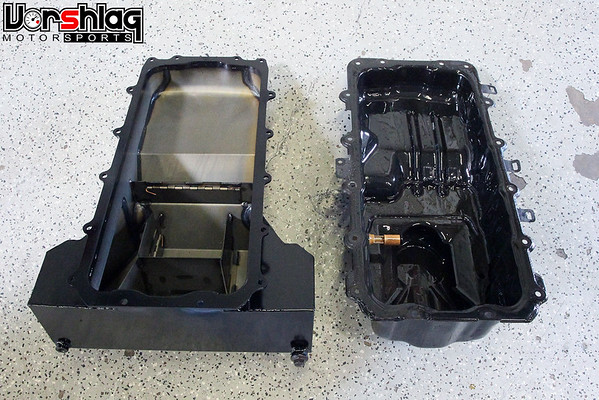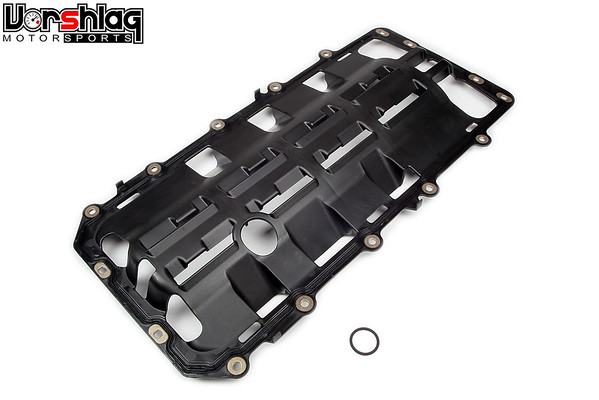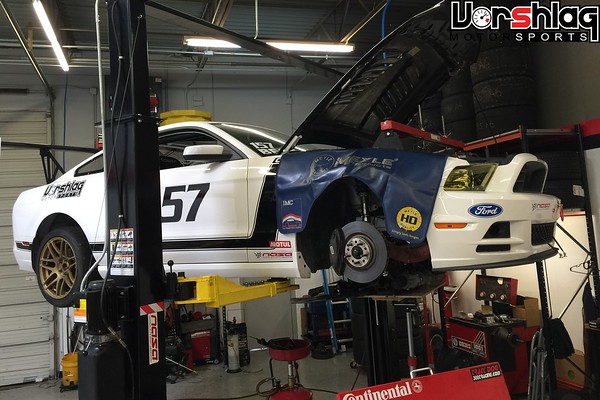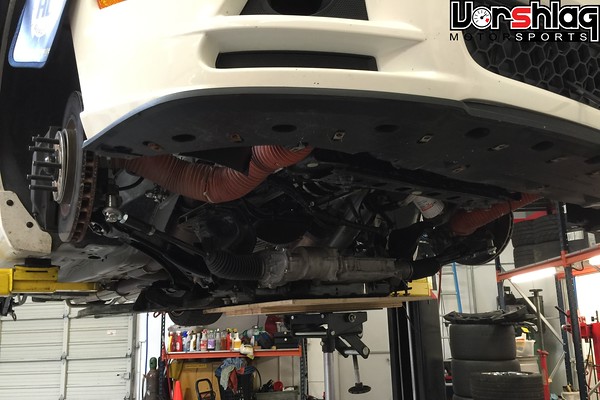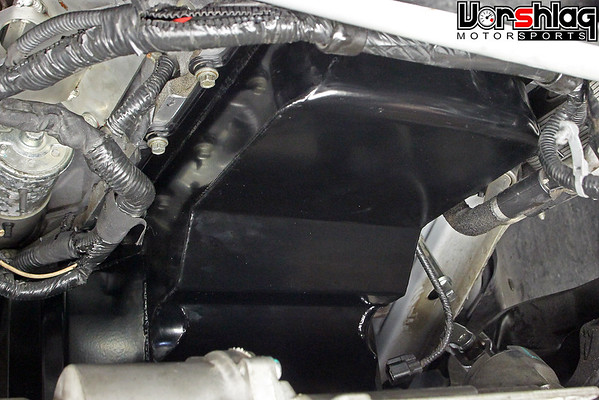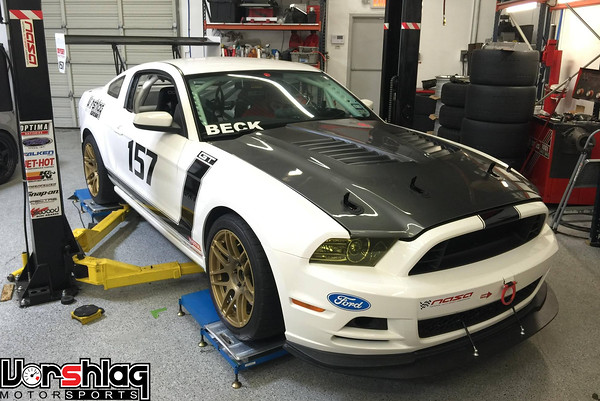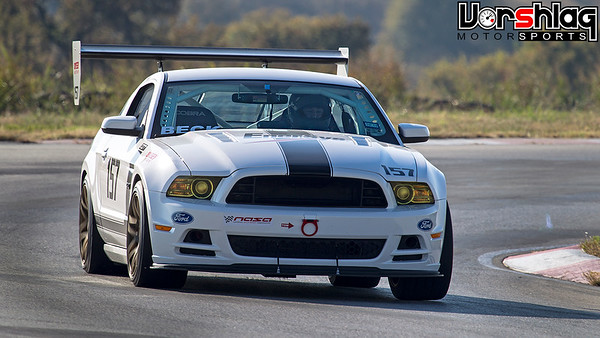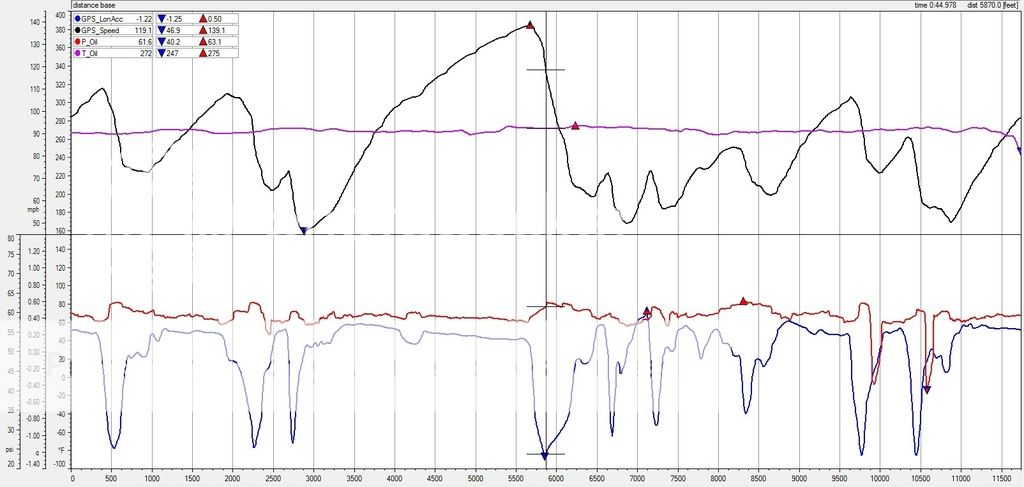ddd4114
forum member
Sorry for the delay. I've been busy, and it took a while to go through all of my notes.
Cliff's Notes:
Cliff's Notes:
- Bought car in early 2011 and did occasional track days for the rest of the year. Changed the oil twice and saw no wear metals. I used Mobil 1 0w20 oil.
- Started monitoring oil temperature in the pan at the beginning of 2012. Noticed that oil temperature was ~280 degF after a few laps. This was while running HPDE on all-season tires.
- By the summer, I was using summer tires, and I noticed that oil temperatures had climbed to ~300 degF after a few laps. In the next oil sample, I found that lead was 9ppm.
- Installed Boss 302 oil cooler, and at the next event, oil temperatures dropped to ~270 degF. However, my oil analysis results still came back with elevated lead.
- By the end of 2013, I was using NT-01 tires, pushing the car harder, and oil temperatures started getting back into the 280 degF range. At this point, I had been using Mobil 1 5w30 oil.
- At the beginning of 2014, I ditched my previous data acquisition system for an AiM Solo DL, so I could no longer measure oil temperature. However, I continued to send oil samples to Blackstone for analysis, and lead was consistently ~8ppm.
- In the summer of 2014, I upgraded my suspension and gained a lot of grip. I also started running in TT instead of HPDE.
- At the beginning of 2015, I replaced my Solo with an Evo4, and I started monitoring oil temperature again. I also switched to Mobil 1 0w40 oil. Oil temperature was still in the 280 degF range, and there were no changes in my oil analysis results. When I installed the Evo4, I also installed an oil pressure transducer, and I found that oil pressure was dropping to ~25 psi under braking.
- Soon afterward, I installed the Moroso 10-qt oil pan, and while oil pressure loss wasn't nearly as bad, it still existed.
- This summer, I started using Hoosier R7's, and I found that oil temperature remained in the ~280 degF range except for Road America (which got the oil into the 290 degF range). At this point, I had switched to Mobil 1 15w50 oil. I also found that increasing the oil fill to 12 qt (in the 10-qt Moroso pan) provided better resistance to oil pressure loss.
- A few weeks ago, I installed the Mishimoto oil cooler, but I broke my transmission before I was able to really test it. However, even with no 3rd gear, oil temperature was in the 260 degF range. While installing the cooler, I change the oil and sent a sample for analysis. Surprisingly, the results came back with no lead.


 ) alone is responsible for a 30 degree drop in oil temperatures in your car.
) alone is responsible for a 30 degree drop in oil temperatures in your car.

